Last Updated June 15, 2022
Whether you’re in the Willamette Valley or Central Oregon, mushroom hunting season is here.
Fall in Eugene and Bend usually means the onset of rain and cold. If you’re a local, you’re used to it. Maybe you even welcome a bit of moisture after Oregon’s typically dry summers. In Bend, the crowds of summer tourists gradually thin out, making for some relative peace and quiet.
When it comes to the outdoors, the fall can feel like the off-season between summer’s glories and winter skiing, snowboarding, and perhaps dog-sledding. There’s still plenty to do: check out or our Fall guides to Eugene and Bend. But if you haven’t tried mushroom hunting in the Willamette Valley or the Cascades, then you’re missing out.
Hunting for edible mushrooms is a way to experience the forest in a whole new way. It’s a chance to slow down and experience the woods from a ground-level perspective. There’s a whole new world waiting to be found. And then there’s the delicious mushrooms.
Chanterelles, matsutakes, morels, oyster mushrooms, and even truffles–these and more are available for the taking. Just avoid the Death Caps, Destroying Angels, and poisonous lookalikes. Really, we can’t emphasize enough: if you aren’t 100% sure you’ve identified a mushroom correctly, then don’t pop it into your mouth or toss it onto the grill.
With that disclaimer out of the way, read on as we outline the mushroom hunting scenes in both Eugene and Bend.
Head for the Hills: Eugene is a Mushroom Lover’s Paradise
The Willamette Valley’s lush, temperate forests make for a prime mushroom hunting environment.
Hop in your car and head east to the lush old-growth rainforest of the McKenzie River corridor. Or, just walk up into the hills around town once the fall rains have begun in earnest.
Matsutakes are a particular local treat. The name translates to “pine mushroom” in Japanese, where they’re a delicacy prized for their fine aroma.
High-quality matsutakes can sell for upwards of fifty dollars a pound. If you haven’t tried them, then you owe it to yourself. You can always head to the Lane County Farmer’s Market, where you’ll find these and many more varieties.
Finding them yourself takes persistence, a keen eye, and likely an experienced guide. Matsutakes tend to hide under the soil, so finding them requires an insider’s knowledge of their preferred habitat. Consider connecting with the Cascade Mycological Society and joining one of their members’ forays. Forest Service permits are required.
Winter white truffles can be harvested from October through March, while black truffles thrive during the winter. Truffles, of course, grow underground. Black truffles are particularly elusive, usually requiring the keen nose of a dog or truffle pig.
White truffles, though, are easier. Look near the roots of trees for small holes dug by forest critters. Truffles can be found under a variety of trees, including Eugene’s plentiful Doug Firs.
Probe with your bare hand or lightly rake the duff. You may see or feel the truffle’s telltale hard, ball-shaped bump. Give your dog a whiff, play a few rounds of “hide the truffle,” and you’re on your way to training a truffle dog.
Springtime is prime time for morels–read more below. But chanterelles are probably the easiest find in the fall months, particularly right after fresh rains. They grow in clusters near trees, and their easy-to-spot orange color makes them a perfect target for beginning enthusiasts.
Just beware of another orange mushroom, Jack o Lanterns, which are extremely poisonous. Learn the difference at Mushroom Appreciation. It’s not to hard to spot, but as always, be careful, and if you aren’t absolutely sure, then better safe than sorry.
If you want to know way, way more about mushrooms in the Willamette Valley and lay your eyes on these and 300 other varieties, definitely check out the annual Mount Pisgah Arboretum Mushroom Festival. It’s fun for the whole family, with music, food carts, libations, and educational opportunities galore.
Hunting for Mushrooms in Bend
Central Oregon is dry. That means a less-than-ideal climate for most mushroom species, but don’t despair. In less than an hour’s drive to the west, you’ll arrive at the old-growth Douglas fir forests of the wet side of the Cascades. Try the Sahalie Falls area, 50 miles outside of town.
What the high desert of Central Oregon does offer is morels, which is great news for local mushroom aficionados.
Start your hunt in mid-April and continue through the spring. Areas of recent burns are prime territory. Fire agitates the soil and shocks morels into fruiting 2 or 3 years later. Look around fallen-down trees, piles of forest debris, and underneath manzanita shrubs. Don’t go too high in elevation, though: there’s a limit to how much cold morels can tolerate.
Bend mushroom lovers would do well to head to the annual Fungi Fest and Mushroom Show in Sunriver, hosted by the Central Oregon Mushroom Club. Happy exploring, and bon appetit! Share your tips and recipes in the comments section below.
Oh, and if you’re looking for a home base for mushroom-hunting and other outdoor expeditions, both Bend and Eugene are excellent locations in case that wasn’t obvious already. Look at Bend homes currently for sale or Eugene homes currently for sale. Our housing markets are pretty competitive, and it definitely helps to have experienced guides – so don’t hesitate to reach out by clicking the button to the right!

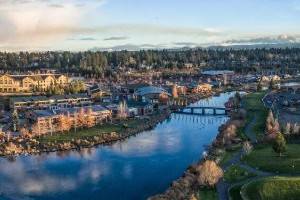
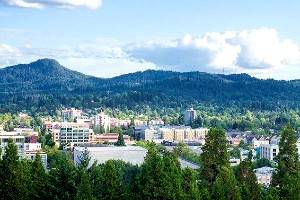
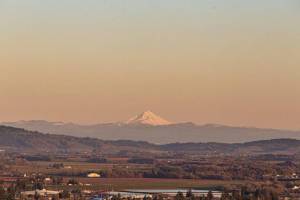
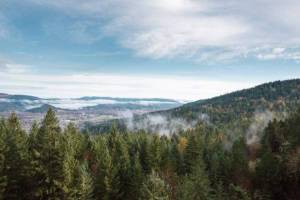
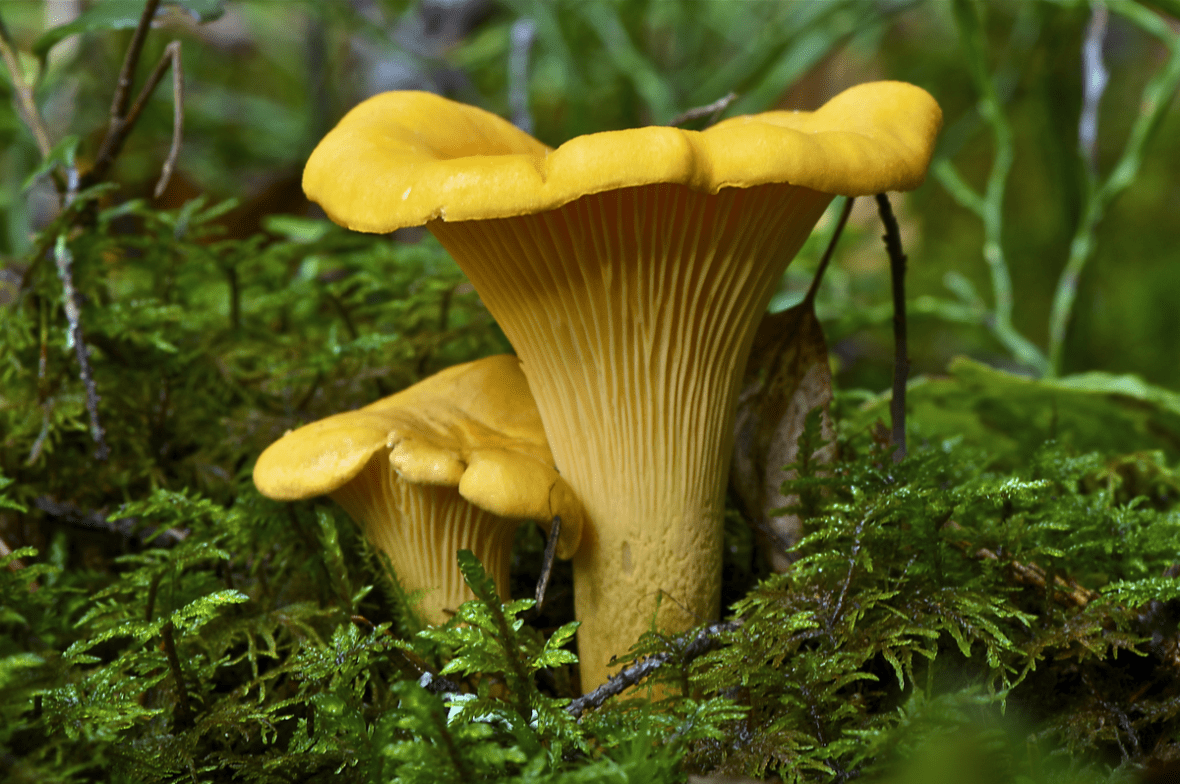
Thank you for sharing your journey and insights on how to pick the right mushroom. This is very educational.
Thank you!
You’re welcome, David! Thanks for stopping by.
Thank you for sharing your adventures in hunting mushrooms. Hope that I can do the same and just enjoy nature too. I can not stop to be in awe always with nature on how magical it is.
Maples and cedars for truffles? Says who? LOL.
And yes, I hunt truffles! Successfully.
“Truffles can potentially be found almost anywhere there are trees. Only a few families of trees (such as maples and cedars) do not associate with truffle-forming fungi. ” from https://www.natruffling.org/faq.htm
Thanks for the correction, Marcie! I haven’t had the pleasure myself and will update our guide.
Maybe I’m mistaken, but I understood it to say that maple and cedar were the exception.
thanks for sharing your experience Ryan. It will be helpful to your users.
RYAN NEAL “Thank you” for sharing your journey on hunting mushroom, You right, Hunting for edible mushroom is a way to good experience the forest, This article will help us how to choose the right mushroom.
your thought and your recipe ideas are very informative and delicious. I will try this recipe at home. Keep it up.
This is really very useful article. thanks for sharing about your journey experience .
Your article about mushroom hunting is fantastic. It’s so interesting and useful I believe. Thanks for sharing.
This article makes me want to hunt mushrooms too especially after a nice downpour overnight. Your experience is quite delightful.
Thank you for sharing your excellent idea. It’s really awesome. I think everybody should take a look at this for improving their knowledge about the importance of mushrooms and also it can help mushrooms hunting.
That was so cool! Thank you for sharing your experience. I’m planning to make a trip to the forest and hunt some mushrooms. I hope that my trip will be memorable and I can hunt wild mushrooms as I can in the forest. I’m so excited.